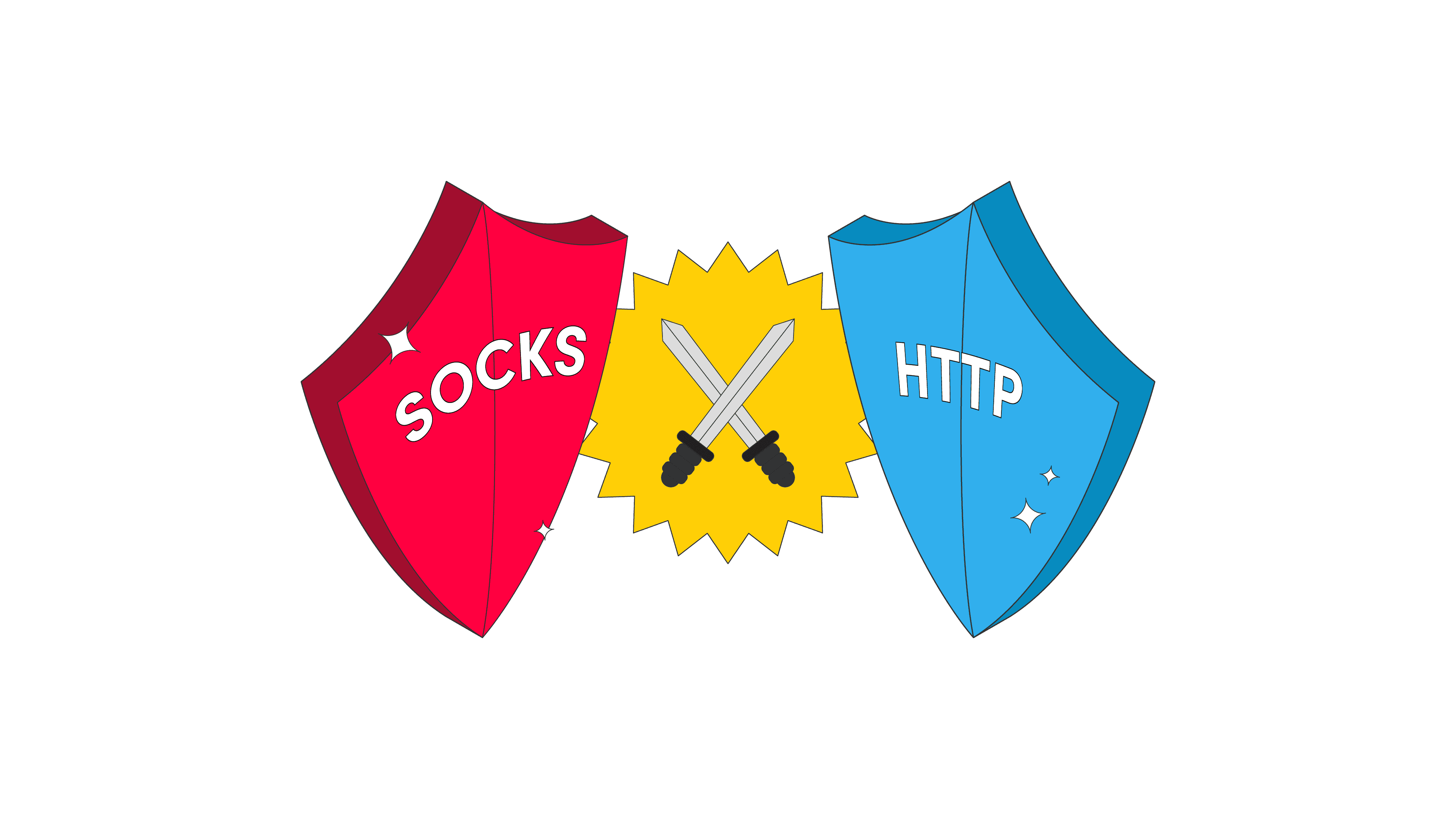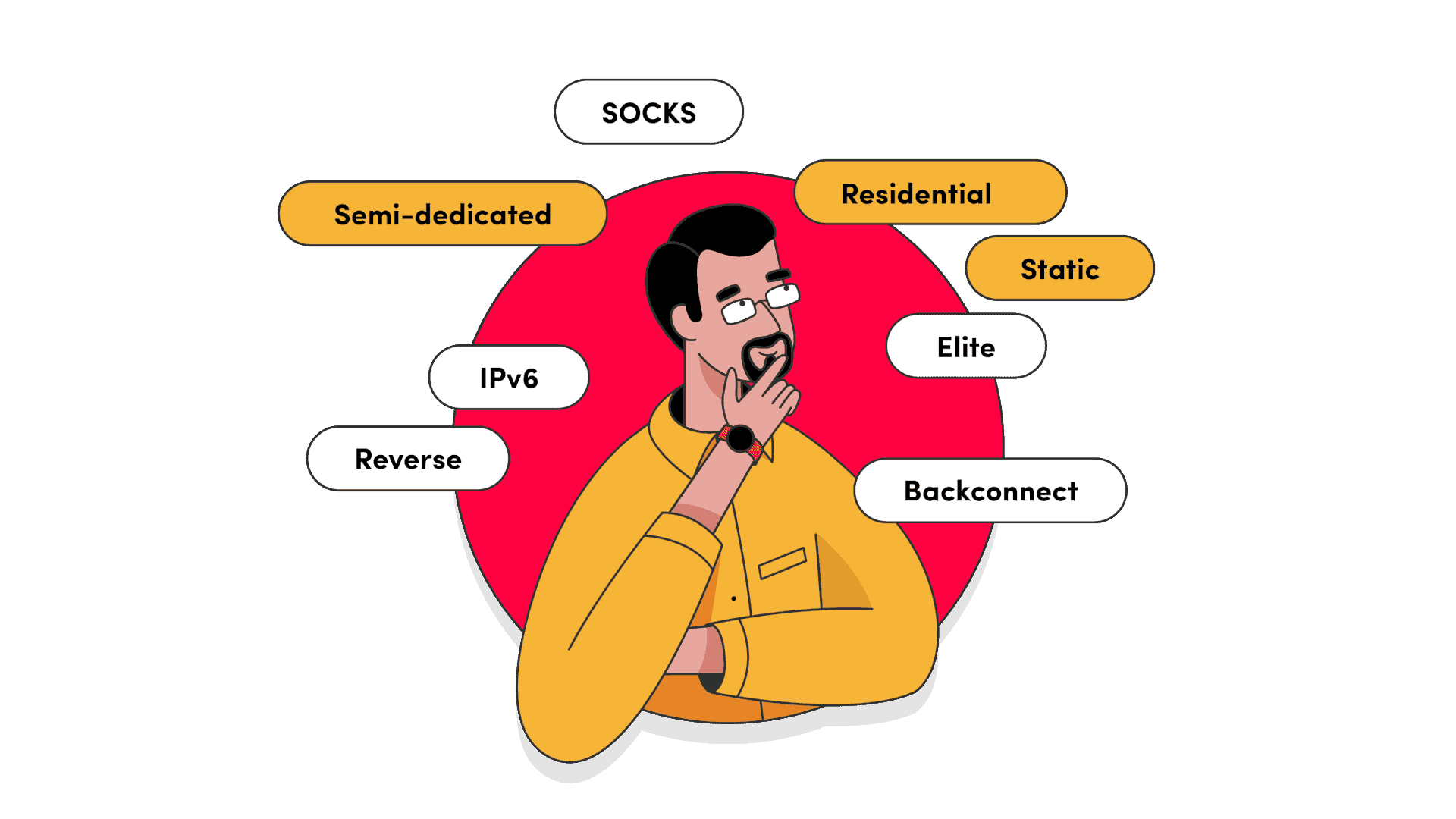What Is a UDP Proxy? A Simple Guide
A UDP proxy is the type of proxy that uses the UDP protocol. This protocol is used for various speedy tasks the more stable TCP protocol is unsuitable for – in turn, UDP proxies are more versatile than the ones relying on TCP. Sometimes, the target may outright refuse TCP connections, making UDP proxies even more important. But that’s just the abstract explanation – for how it works and what it’s best at, read on.

What Is UDP?
UDP stands for User Datagram Protocol, one of the basic technologies of the internet; it sets the rules for how data is transmitted.
As a connectionless protocol, UDP relies on two assumptions:
- The recipient is ready to receive the data – there’s no need to check whether they actually are. Skipping this “handshake” is the major contributor to UDP’s speed in the modern day.
- The data packages will arrive in the order they were sent – therefore, there’s no need to check how they actually arrived. The recipient will correctly rebuild the messages because the packages came in one after the other in the correct order. However, packages can get lost or mis-ordered – a risk deemed acceptable.
With UDP, datagrams (the blocks data is broken down into) have much shorter headings (think package labels), so the data takes less bandwidth to transmit than it would with TCP. However, there is some minimal error checking and UDP can end up sending duplicate packages, thus potentially increasing bandwidth use.
As UPD is one of the basic protocols of the internet, a lot of higher level protocols (and apps, and so on) are built around it.
What’s the Difference Between TCP and UDP?
The benefits and downsides of UDP become clearer when the protocol is compared to its main “rival” TCP (Transmission Control Protocol). In contrast to UDP, TCP is a connection-oriented protocol – it doesn’t assume anything. Accordingly, a handshake is carried out to ensure that the recipient is ready to receive data. Once the transmission is out, there are error checks to see whether all of the data arrived in the correct order.
All the confirmations and longer datagram headings necessary for all the error checking make TCP slower to operate than UDP.
To explain it in less technical terms, imagine mail delivery via cannon. TCP would aim the cannon at the delivery point and then check via spyglass that the recipient is waiting to receive every time before firing. The recipient would have to acknowledge that he received each package by waving a jaunty little flag or something.
Meanwhile, UDP would just aim the cannon and fire all the parcels as fast as it can load them. It doesn’t check whether anyone is waiting for them or how they land. Therefore, it goes through the same pile of packages as TCP a lot faster.
What Is UDP Used For?
So the obvious use case for UDP as a protocol is situations where speed matters more than anything else. That’s why it’s used for:
- Improvement to HTTP: HTTP/2 is the higher level protocol running the internet, but it has issues. For example, reliance on TCP makes it vulnerable to congestion: if it detects that data arrived incorrectly, the transmission channel is blocked until the data is resent. HTTP/3 aims to solve them with a transport protocol called QUIC. What makes QUIC quick is using multiple UDP channels instead. If the protocol detects errors in transmission, it blocks only the affected channel, making connections smoother and faster.
- VoiP (Voice over IP) communications: your Discord voice chats, WhatsApp calls, and so on. Users prefer to hear the caller in real-time rather than wait for a clear message to arrive. The chopiness and loss of quality you’ve invariably experienced if you’ve ever had a single VoIP (or video) interaction is just UDP packages getting lost.
- Online gaming: ping is unavoidable – it will take time for player data to physically reach the server and vice versa. And slowing it down would be worse than losing some of the data. That’s why, say, War Thunder has both ping and packet loss indicators right there on the screen.
- Gaming automation: statistically, everyone loves either RuneScape or Growtopia. But if you want to run multiple accounts at the same time (or even bots), you’ll quickly need to turn to proxies for their numerous IPs.
- DNS lookup: DNS – Domain Name Service – is the phonebook of the internet; it turns human-readable addresses (https://proxyway.com/) into IP addresses that computers can use (172.67.170.192). So when you enter a website address into a browser, the DNS query is sent via UDP to make this initial step that much faster.
- Multicasting: if broadcasting just blasts signals everywhere, multicasting only reaches devices that are, well, interested. So multicasting allows a sender to, say, broadcast a stream that will reach apps tuned to that stream without having to directly connect to each one of them.
What Is a UDP Proxy?
A UDP proxy is thus a proxy that uses UDP to transmit data. Since it doesn’t establish connections or doesn’t do any error checking, it is one of the fastest proxies around. If you’re doing such data-intensive activities like streaming, UDP is the way to go.
When it comes to specific applications, UDP proxies are used for:
- Gaming automation: multiplayer games use UDP, and so do bots;
- Torrenting: Micro Transfer Protocol found in modern torrent clients is UDP based;
- QUIC-based tasks: more of a futureproofing thing, once QUIC becomes standard, so will UDP proxies.
What Is a SOCKS5 UDP Proxy?
SOCKS5 is the newest version of the widely-adopted SOCKS internet protocol, which enables sharing data via proxy. Previously, SOCKS only ran on TCP. But with SOCKS5, it can now use UDP for transferring data via proxies.
As a higher-level protocol that builds upon UDP, SOCKS can provide advanced benefits like authenticating the connection and data encryption. The big takeaway is that SOCKS5 UDP proxy is probably going to be the way you’re going to use your UDP proxy of choice.
Notably, not all SOCKS5 proxy providers offer the UDP functionality. Many of them disable UDP support out of risk-avoidance.
If you want a quick rundown of SOCKS5 proxy providers, including those that support UDP, read our list of the best SOCKS5 proxies.
Conclusion
A UDP proxy is one of the fastest – if not the fastest – proxies around. It cannot be beat for speed or specialized use-cases.
You May Also Like:

